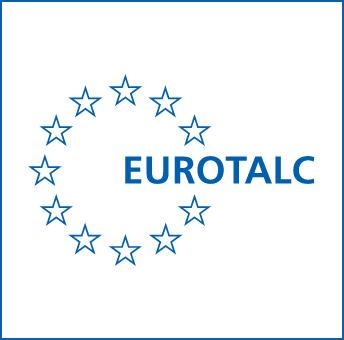
Talc
Talc is a hydrated magnesium silicate. It is the world’s softest mineral. Although all talcs share the same basic properties – platyness, chemical inertness, softness, water repellency and an affinity for organic substances – each talc orebody has its own features, so no two talcs are quite the same.
Talcs’ unique properties provide specific functions in a myriad of products and processes. The magazines we read, the plastics in our cars and houses, the paints we use and the floor tiles we walk on are just some of the products that talc “brings to life”.
MORE INFO
Talc is the world’s softest mineral. Although all talc ores are soft, platy, water repellent and chemically inert, no two talcs are quite the same. Talc is a vital part of everyday life. The magazines we read, the polymers in our cars and houses, the paints we use and the tiles we walk on are just some of the products that talc enhances. Talc is a hydrated magnesium sheet silicate with the chemical formula Mg3 Si4 O10 (OH)2. The elementary sheet is composed of a layer of magnesium-oxygen/hydroxyl octahedra, sandwiched between two layers of siliconoxygen tetrahedra. The main or basal surfaces of this elementary sheet do not contain hydroxyl groups or active ions, which explains talc’s hydrophobicity and inertness. Talc is practically insoluble in water and in weak acids and alkalis. It is neither explosive nor flammable. Although it has very little chemical reactivity, talc does have a marked affinity for certain organic chemicals, i.e. it is organophilic. Above 900° C, talc progressively loses its hydroxyl groups and above 1050°C, it re-crystallises into different forms of enstatite (anhydrous magnesium silicate). Talc’s melting point is 1500°C. The size of an individual talc platelet (= a few thousand elementary sheets) can vary from approximately 1 micron to over 100 microns depending on the deposit. It is this individual platelet size that determines a talc’s platyness or lamellarity. A highly lamellar talc has large individual platelets whereas a microcrystalline talc’s platelets are much smaller. The elementary sheets are stacked on top of each other, like flaky pastry, and, because the binding forces (known as Van der Waal’s forces) linking one elementary sheet to its neighbours are very weak, the platelets slide apart at the slightest touch, giving talc its characteristic softness. Talc ores also differ according to the type and proportion of associated minerals present. They can be divided into two main types of deposits: talc-chlorite and talc-carbonate. Talc-chlorite ore bodies consist mainly of talc (sometimes 100%) and chlorite, which is hydrated magnesium and aluminium silicate. Chlorite is lamellar, soft and organophilic like talc. It is however slightly less water repellent than talc. Talc-carbonate ore bodies are mainly composed of talc carbonate and traces of chlorite. Carbonate is typically magnesite (magnesium carbonate) or dolomite (magnesium and calcium carbonate). Talc-carbonate ores are processed to removed associated minerals and to produce pure talc concentrate.

Main Applications
- Paint
- Rubber
- Animal feed
- Paper
- Agriculture & food
- Pharmaceuticals
- Ceramics
- Personal care
- Sealants & adhesives
- Plastics
- Roofing